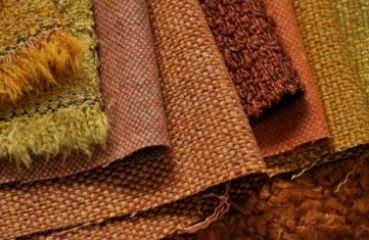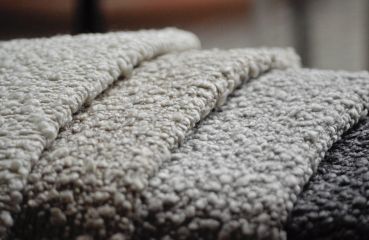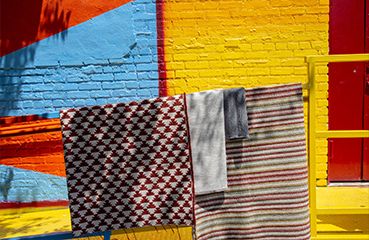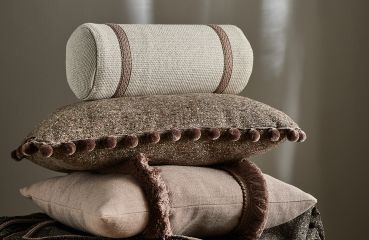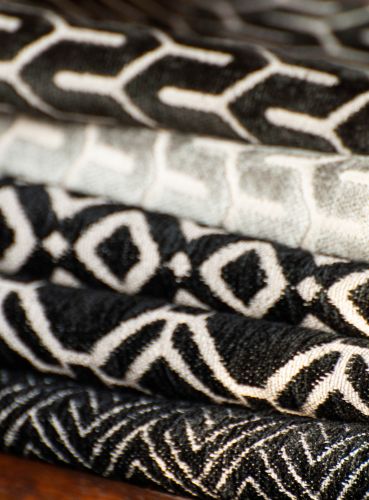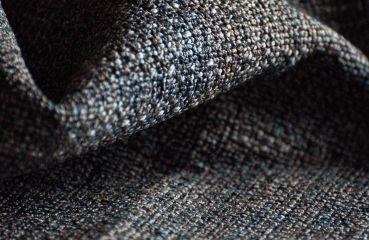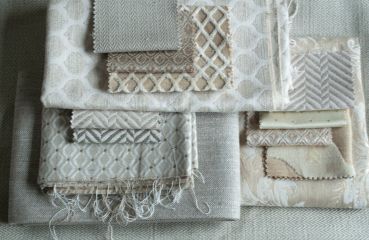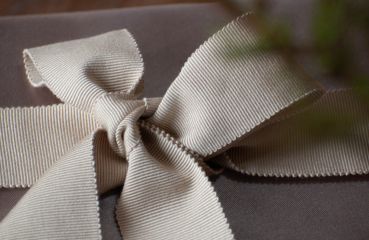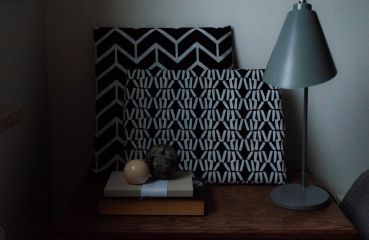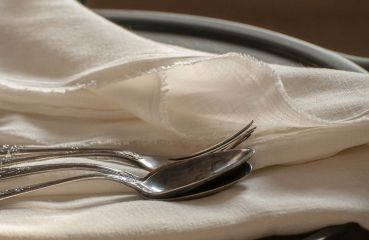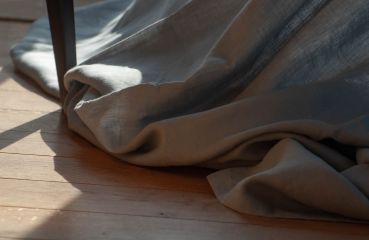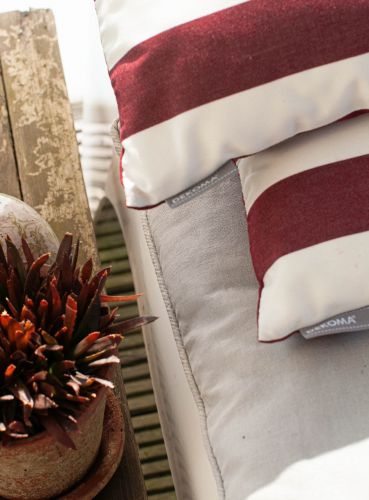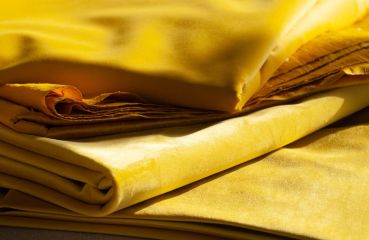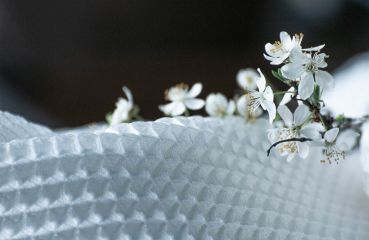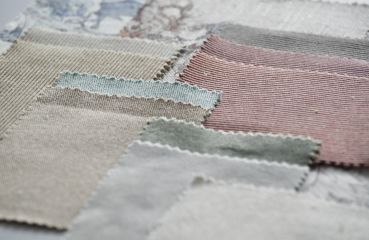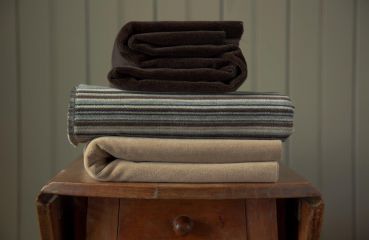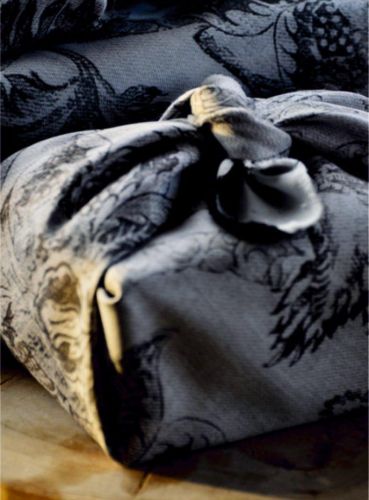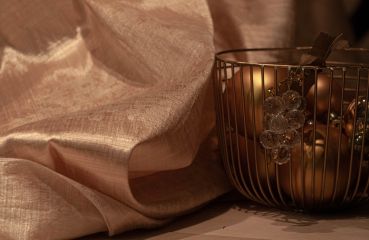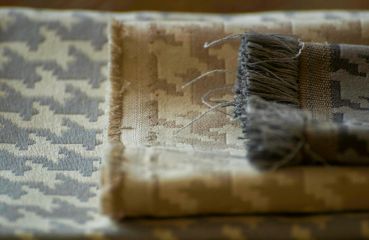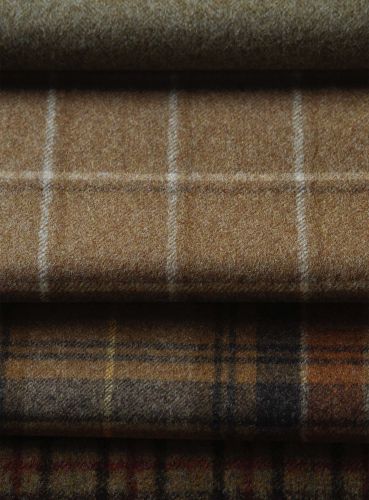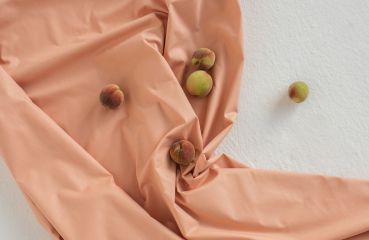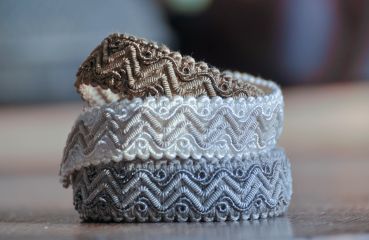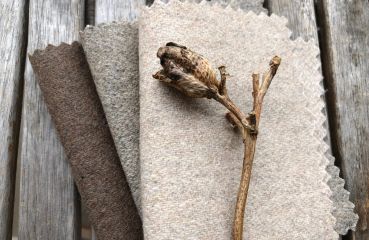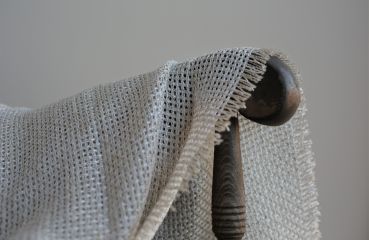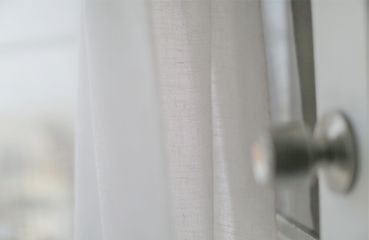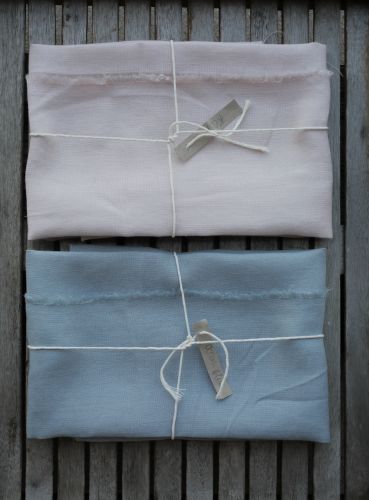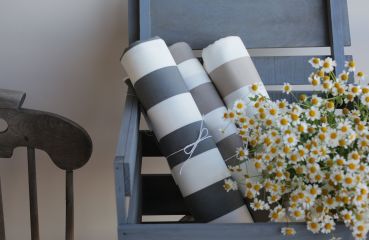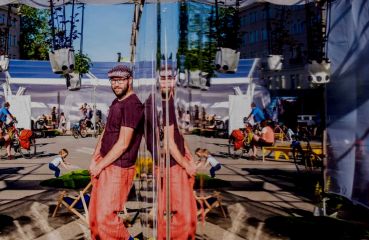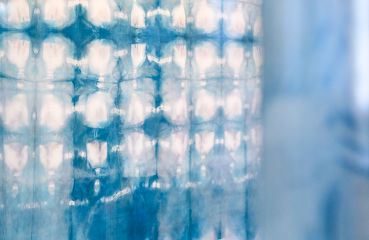The power of transparency
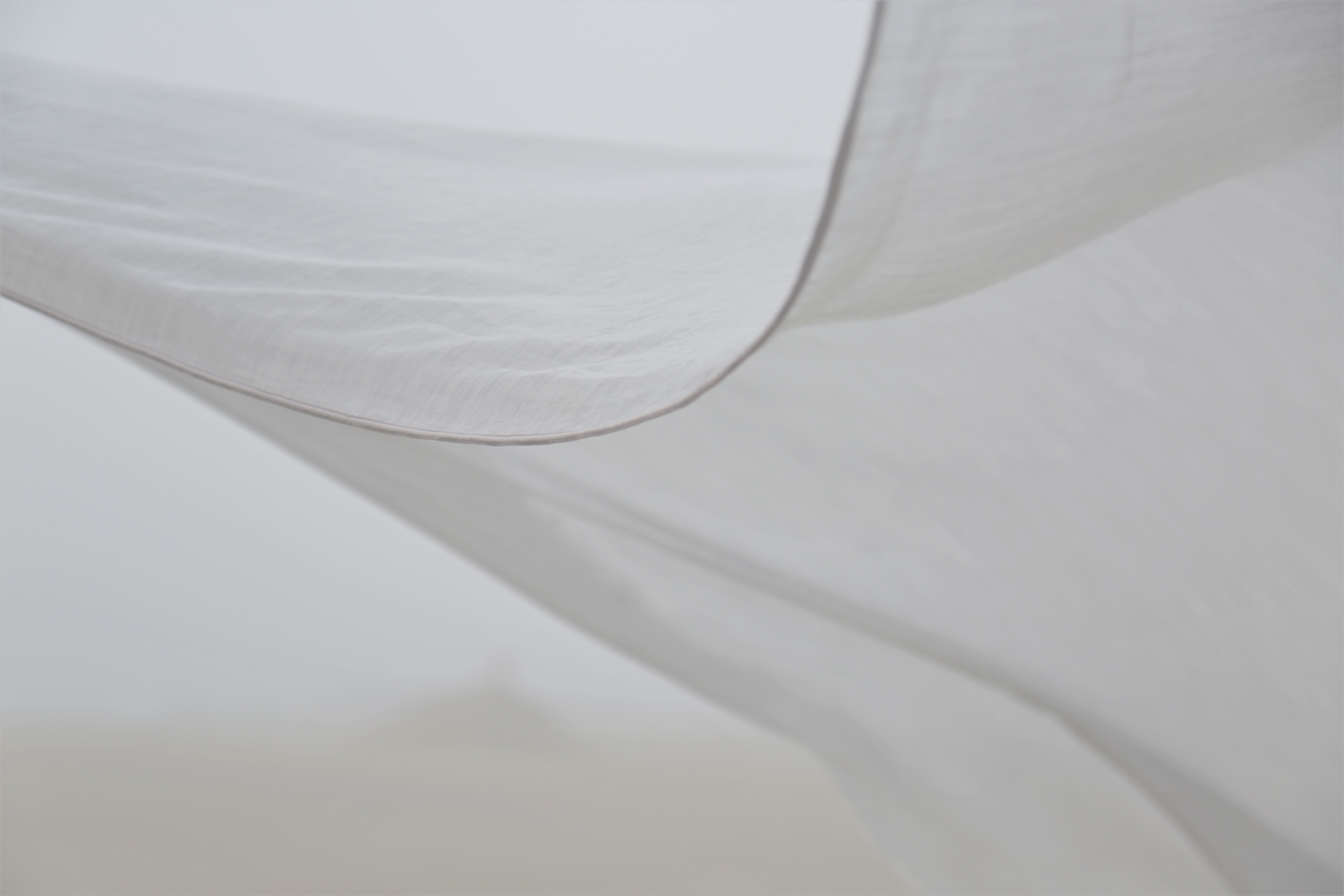
MONTEROSSO Silver
It is thanks to light that we are alive and that we can see. Without it, there is nothing. All animated and inanimate matter depends on it but reacts differently to its effect. Transparency is the ability to transmit light rays. In the field of optics, this means a physical property that allows light to pass through the material without dispersal. It is an optical and organoleptic feature.
Transparency can be understood as clarity (in the sense of lack of admixtures), as anaemic, bright and pale complexion, as transparency in relation to old terms, or finally as colourlessness, transparency and achromatism in reference to a lack of colour.
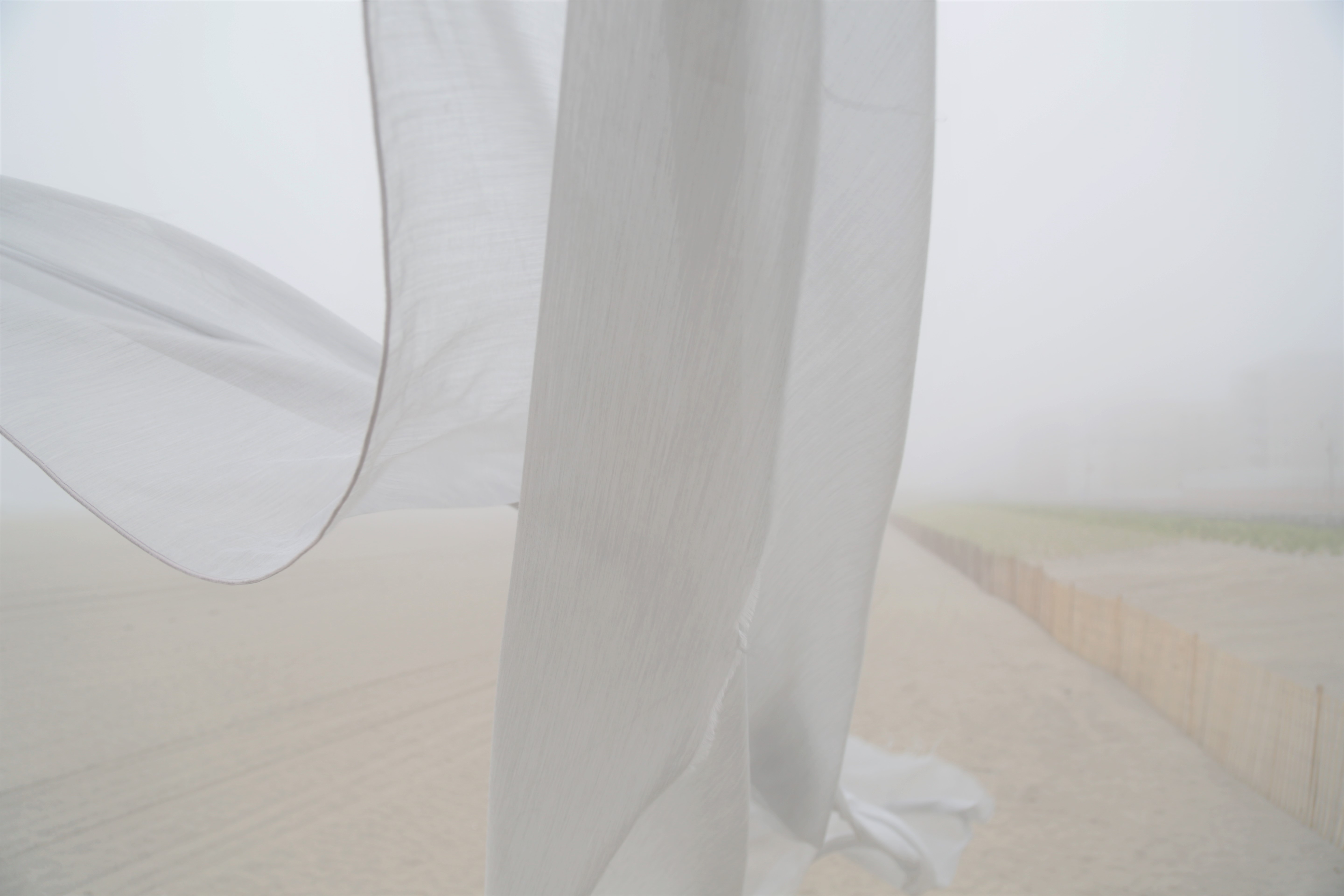
MONTEROSSO Silver
The most frequently used synonyms for transparency are such terms as: pure, translucent, see-through, open-work, clear, bright, crystalline, crystal clear.
Transparency of fabrics does not always mean the same, but it is always associated with purity, lightness, freshness and an unobstructed view.
Transparent fabrics love light and wind – and this is a requited love. In many ways, they allow for looking at the real life with impunity in both directions. Light and airy, they add pure mystery to interiors, refresh them, filter and disperse the light while letting it in. We can observe how the fabric interacts with the movement of the air that surrounds and moves it — in such moments, we say that the fabric dances in the wind.
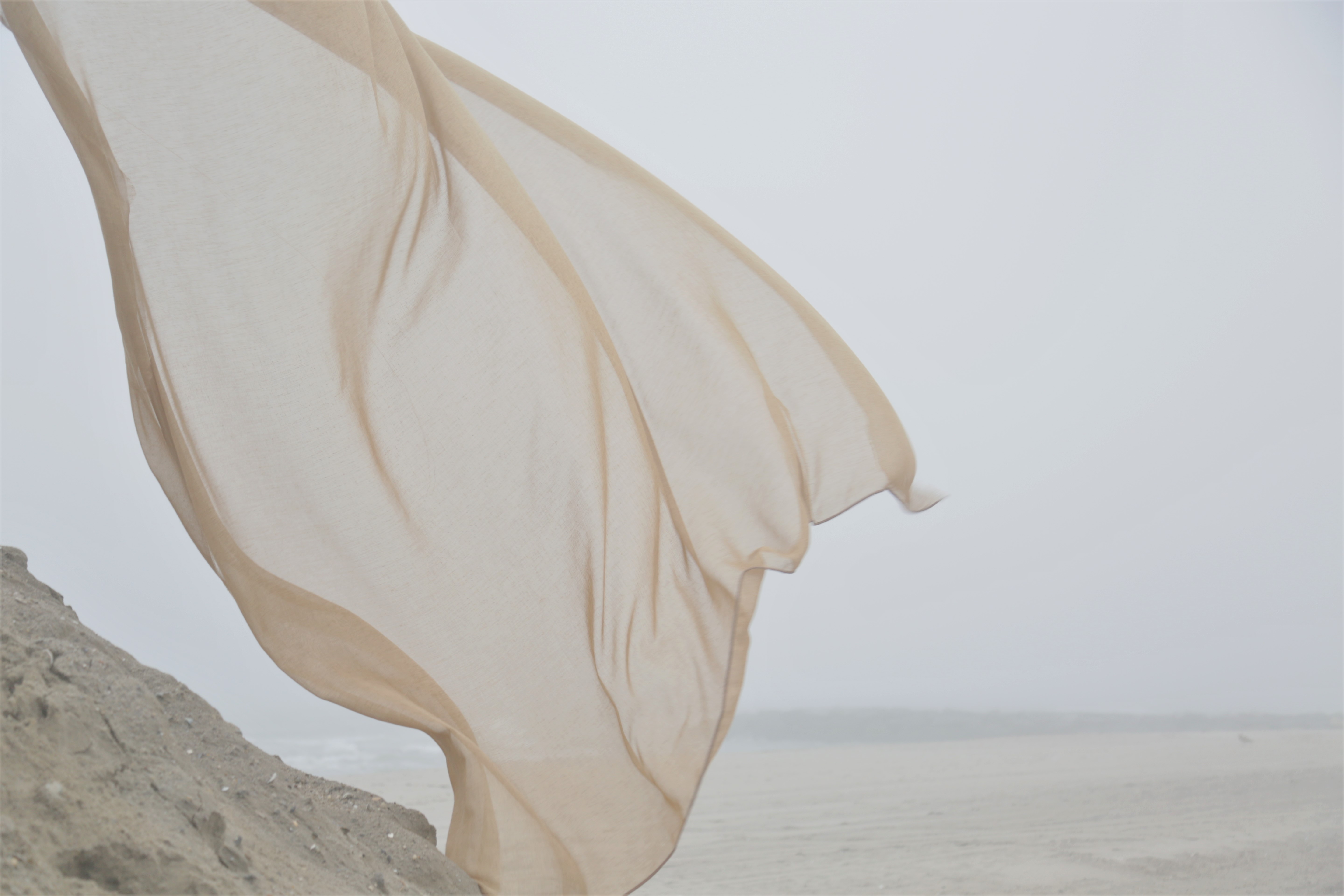
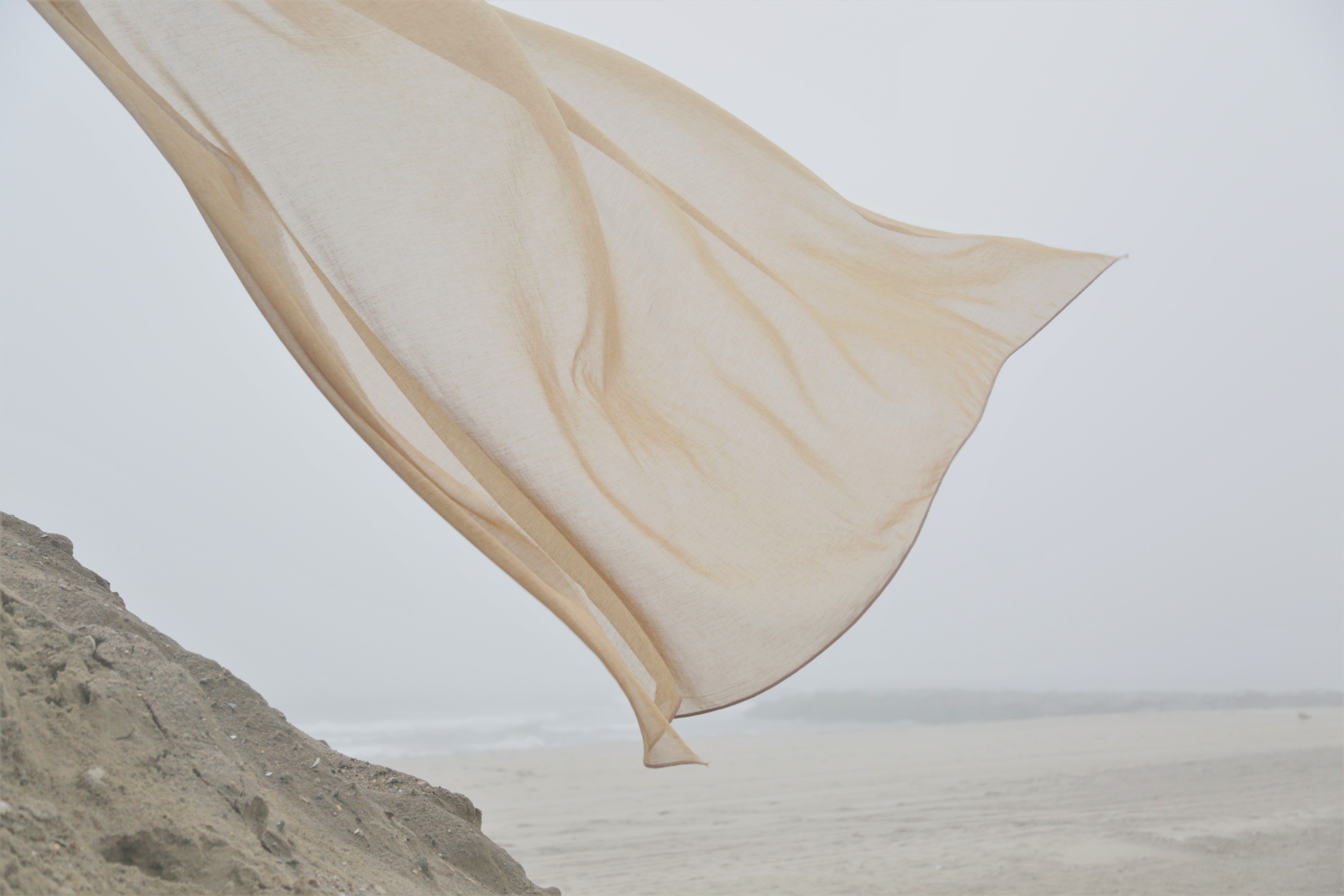
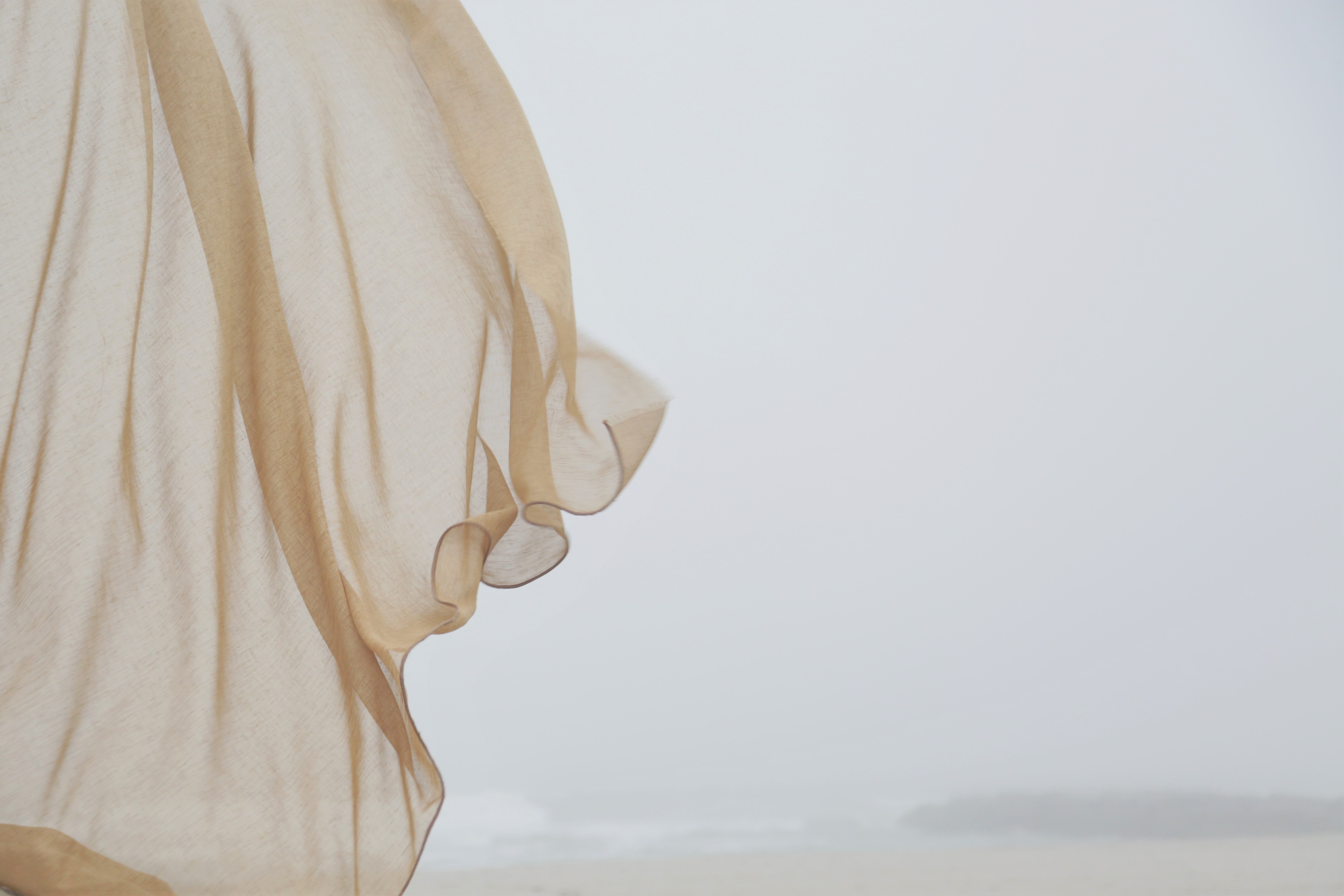
PURO Wheat
We love open spaces filled with bright daylight. Textile transparency enhances the effect of scattered light, visualizing the movement of air and drawing chiaroscuro effects on walls and floors. Lightweight and seductively subtle fabrics brighten dark rooms and optically enlarge the smaller ones. Floating freely or swaying lightly, they reflect the time of the day or the season of the year, bringing an element of nature to the room.
The natural light transmittance allows the room temperature to be regulated in a purely physical and sensory way. Even drawn voiles or net curtains do not cause complete darkness. In summer, sun rays dispersed in this way do not hurt eyes or overheat the room. In winter, by opening the curtains, we let the light into the room and allow it to raise the temperature.
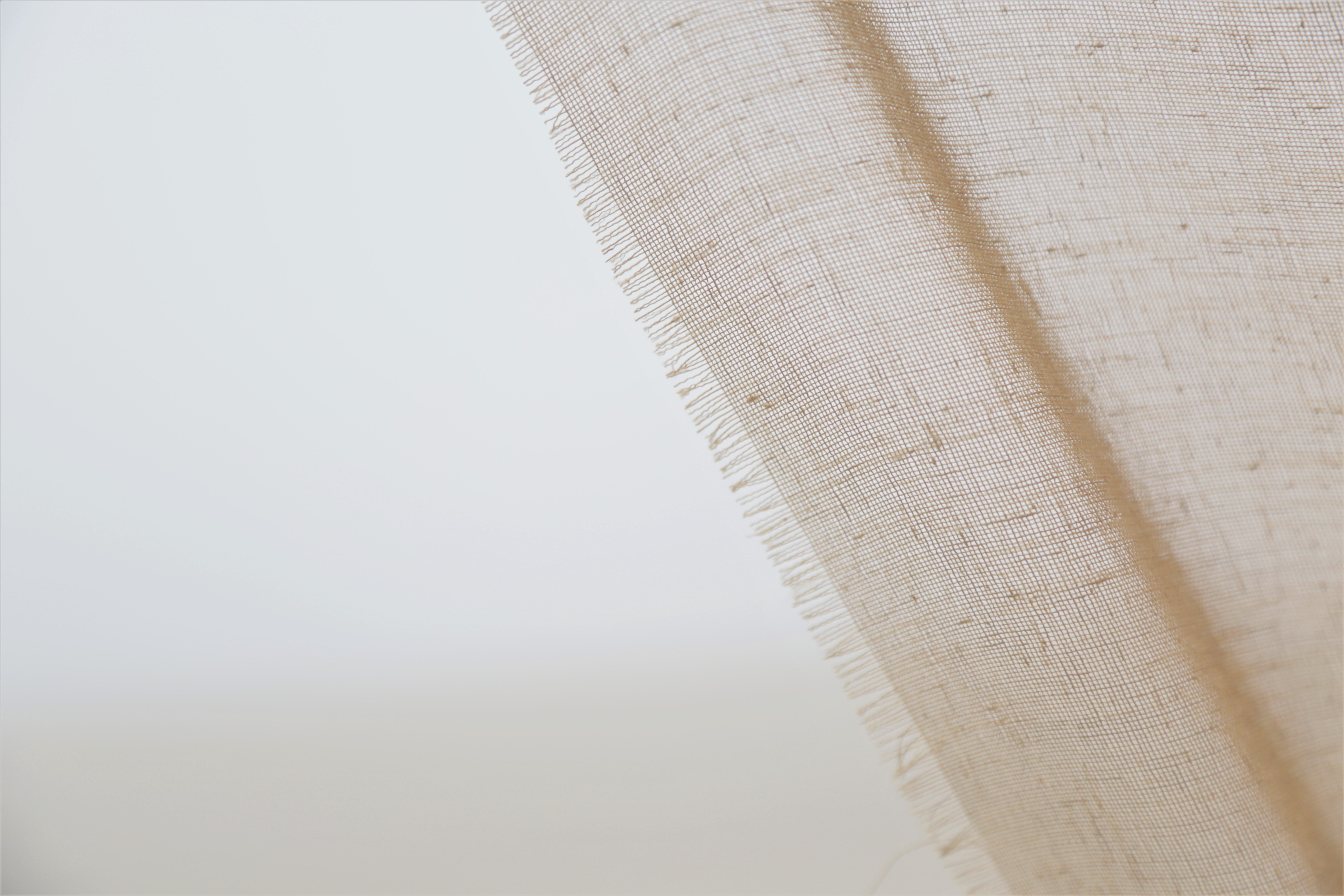
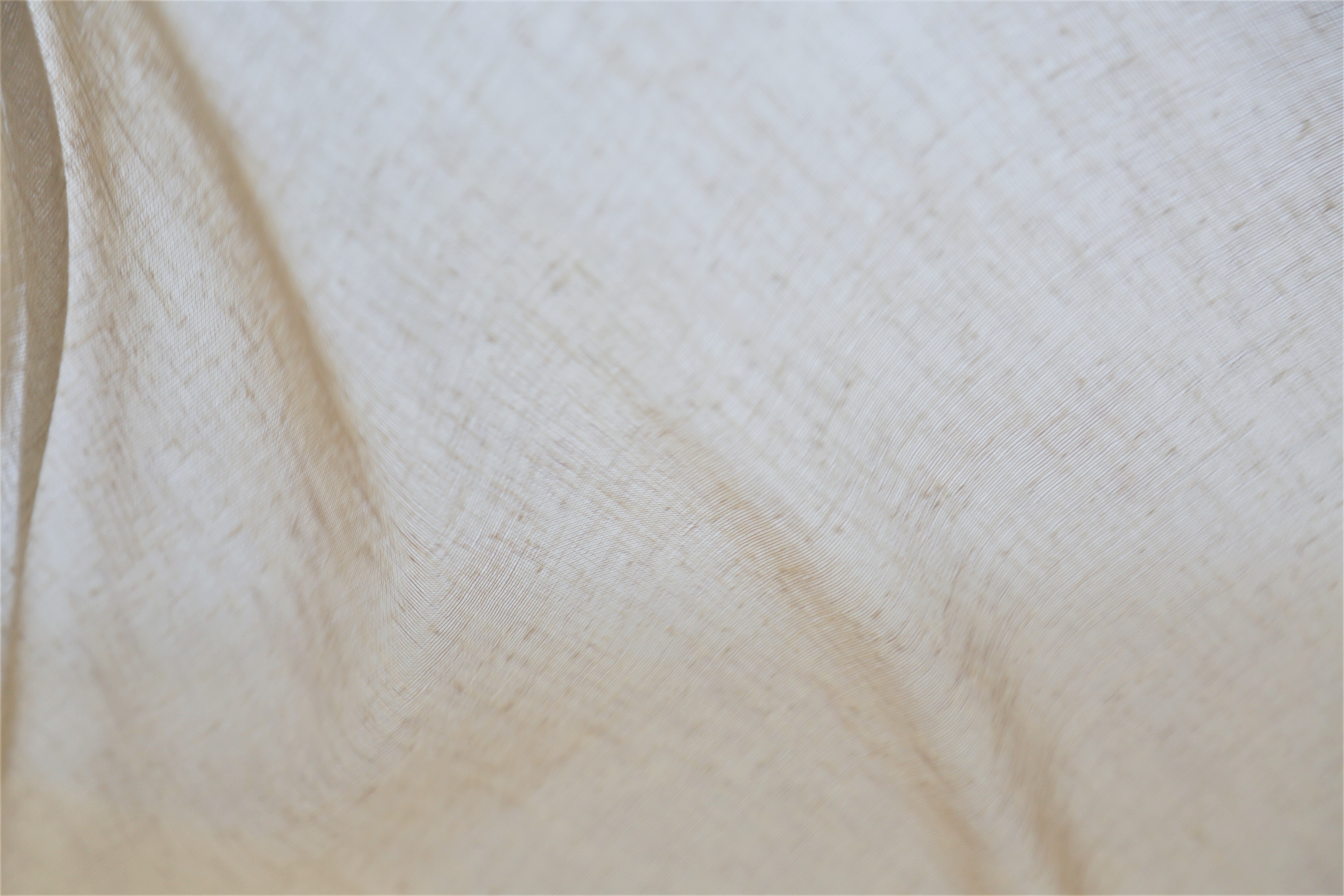
PURO Wheat
Transparency ensures discretion and intimacy, protects against unwanted looks and at the same time provides a captivating view of the outside. Curtains will never darken the room completely, so they are ideal for those who prefer half-closure and half-tones. By choosing transparent fabrics, we can adjust the brightness of the interior by selecting the appropriate colour of the curtain. The brighter it is, the more light it transmits and vice versa. In the same group of fabrics, bright colours transmit about 20-30% more light than dark fabrics.
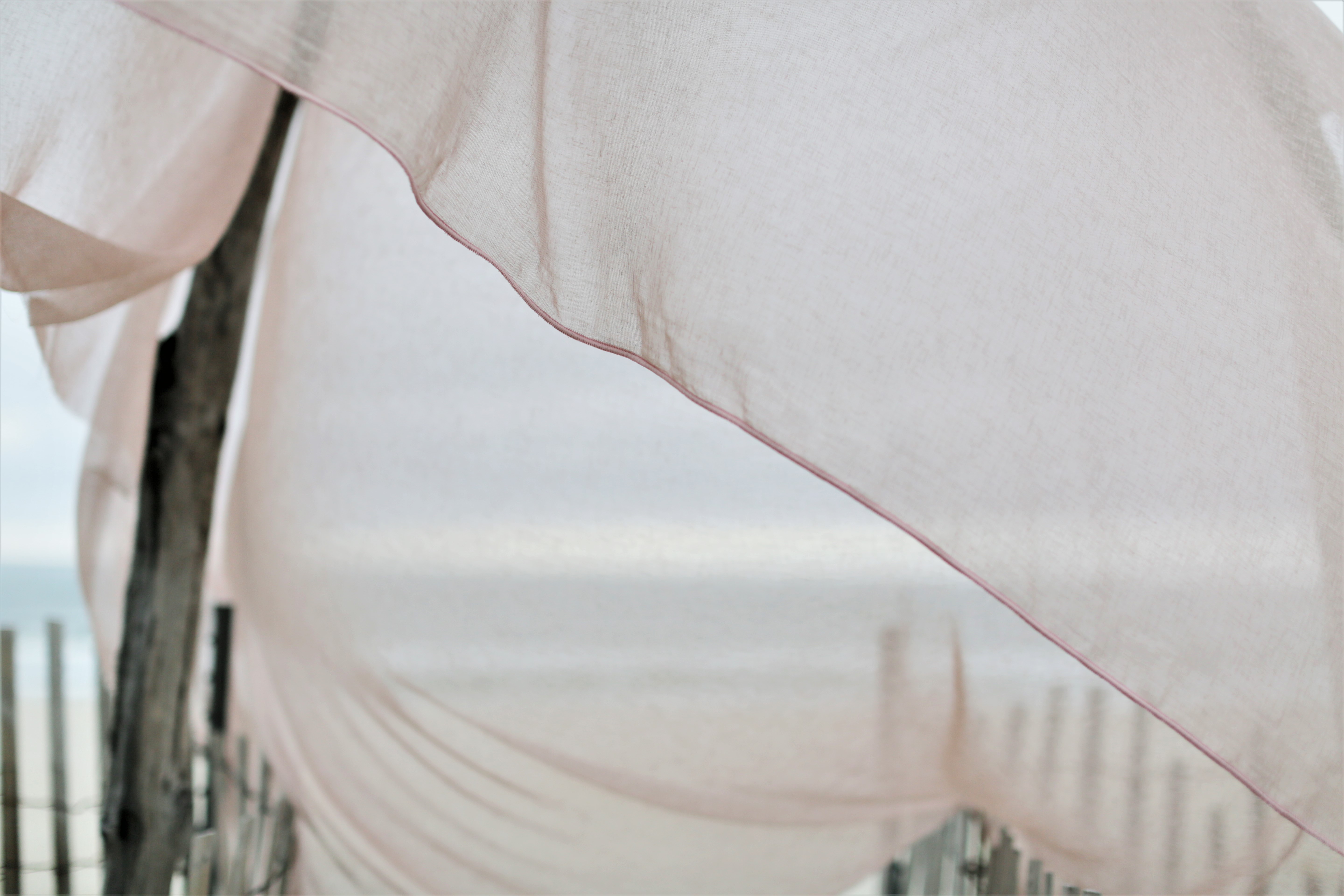
PURO Primrose

PURO Wheat
Delicate crystalline white will refresh the interior but also filter the light, changing it to a cooler shade. The use of a caramel or pale pink half-transparent fabric with a micro-mesh effect will bring a mysterious warm glow to the entire house. However, it will make chiaroscuro effects slightly less visible. The colour of milk cream in a transparent fabric will cause a misty dispersion of sharp light. Everything depends on the blend of fibres, subtlety of tones and the micro-texture on the surface of the fabric. Subtle tones of smooth linen and cotton, natural colours in textured, mixed weaves alter with every change of light. From sunrise to sunset, every textile matter changes multiple times. Choose carefully and feel the difference.
Open – closed. On the need for privacy.
Architectonic descriptions very often use the “open-closed” opposition. We also say that a building invites you in, presenting a glimpse of something that waits inside.

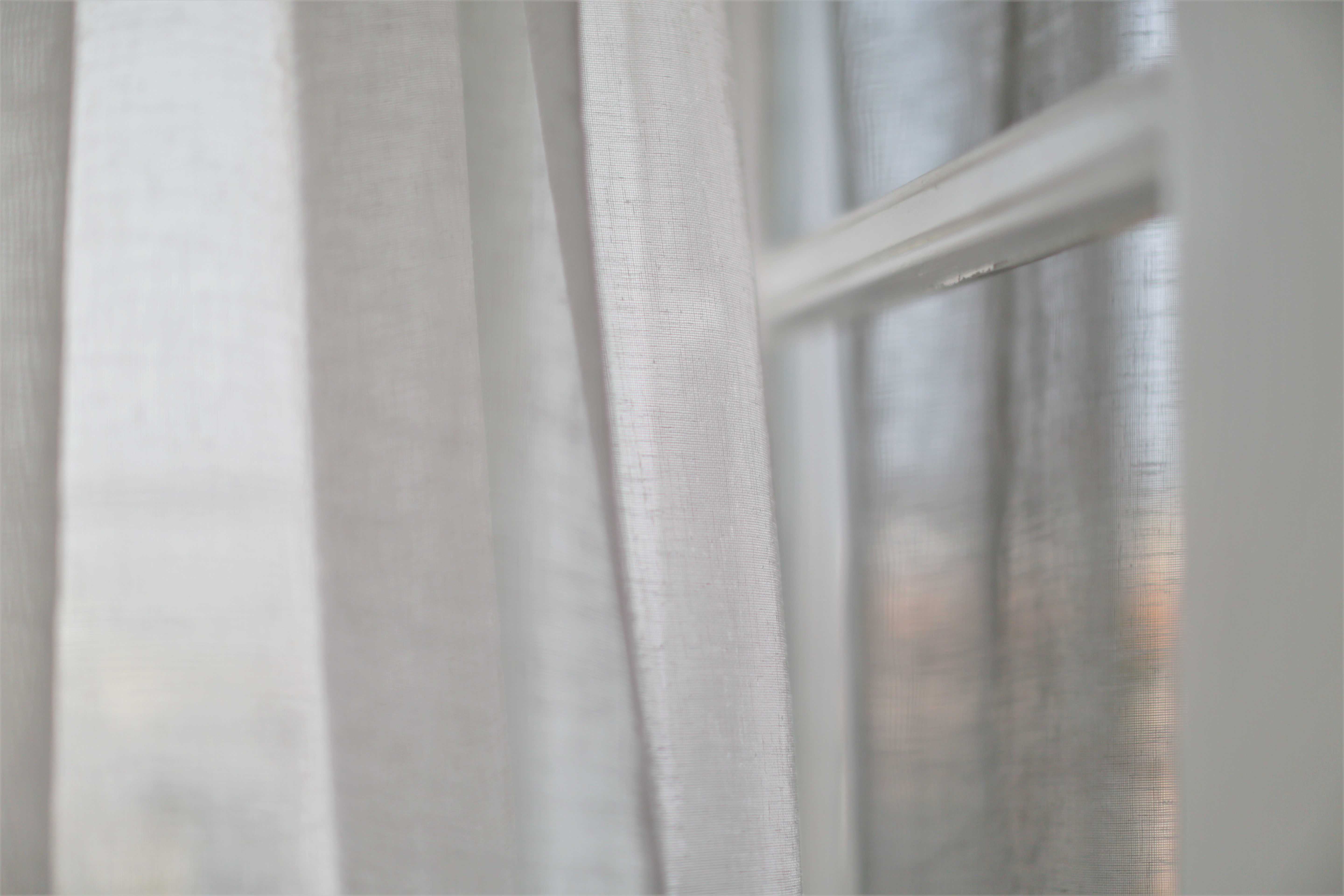
PURO Dove
Architectonic descriptions very often use the “open-closed” opposition. We also say that a building invites you in, presenting a glimpse of something that waits inside.
Ever since 1914, when the Belgian engineer Emile Fourcault invented a cheap method of producing large batches of thin glass, architecture — until then stable and heavy — has been able to become partly transparent, lighter and somehow underspecified.
The emerging Modernism very quickly began to take seize the opportunities offered by this newly discovered transparency. Thin glass, invented by Fourcault, without any texture, without expression coming from its very essence, transparent, reflecting light and surroundings was a revolution in materials, a certain crossing of the border of abstraction.
The introduction of transparency into architecture was also a reflection of the change in relations between the public and private space. The facade of the building ceased to be a border separating two spheres from each other. Galloping urbanization and the development of cities and buildings forced designers to create screens made of more delicate materials that let sunshine through but at the same time did not allow anyone to look into the interior. The appearance of transparent glazing was accompanied with a dispute on its necessity and ways of its covering.
The history of window treatments begins much earlier, back in ancient times, when they were far from the contemporary delicate and ethereal transparency. Who would have thought that the concept of a transparent curtain did not stem from the need to preserve privacy, but from a more mundane reason, which was the desire to seek protection against insects? Airy hanging fabrics allowed for reducing the number of flying and crawling insects in the room.
The screens that appeared in ancient homes were made of animal skins and strongly obscured the interior. Over time, dried animal membranes were used to ensure intimacy, eliminate draughts, retain heat, and provide light. So, initially they had only practical functions, and their decorative qualities were noticed over time.
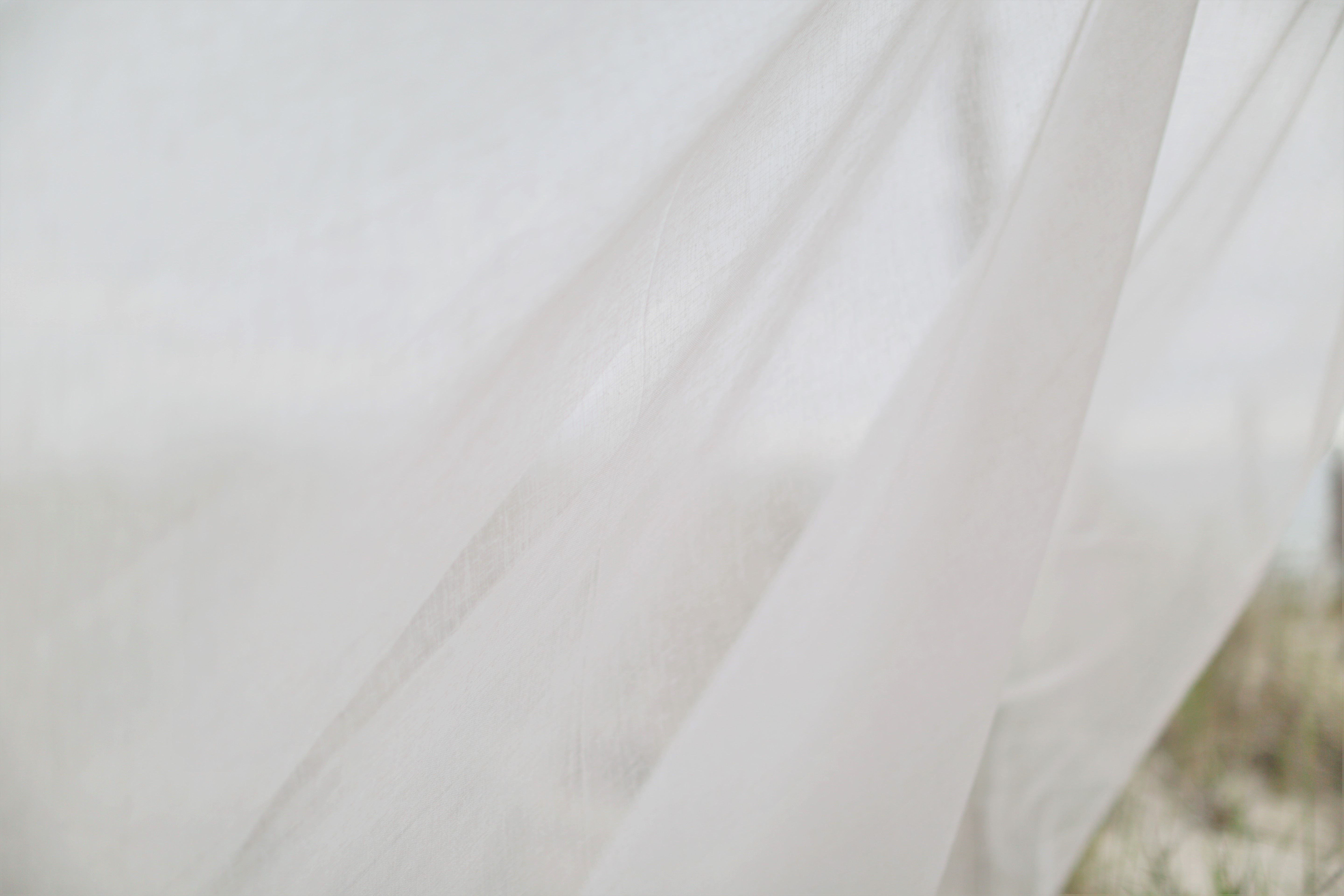
PEGGY

An interesting example of the special role of transparent coverings can be seen in the morality of the Protestant Netherlands of the 19th century, when covering the windows was very badly seen. In all flats, even those located on the ground floor, net curtains or curtains served only a decorative function. They were pinned up in such a way that a passer-by could see what was happening inside. This stemmed from the transparency of customs (this principle was connected with frequent journeys of men: merchants and sailors), and this transparency meant that people had nothing to hide.
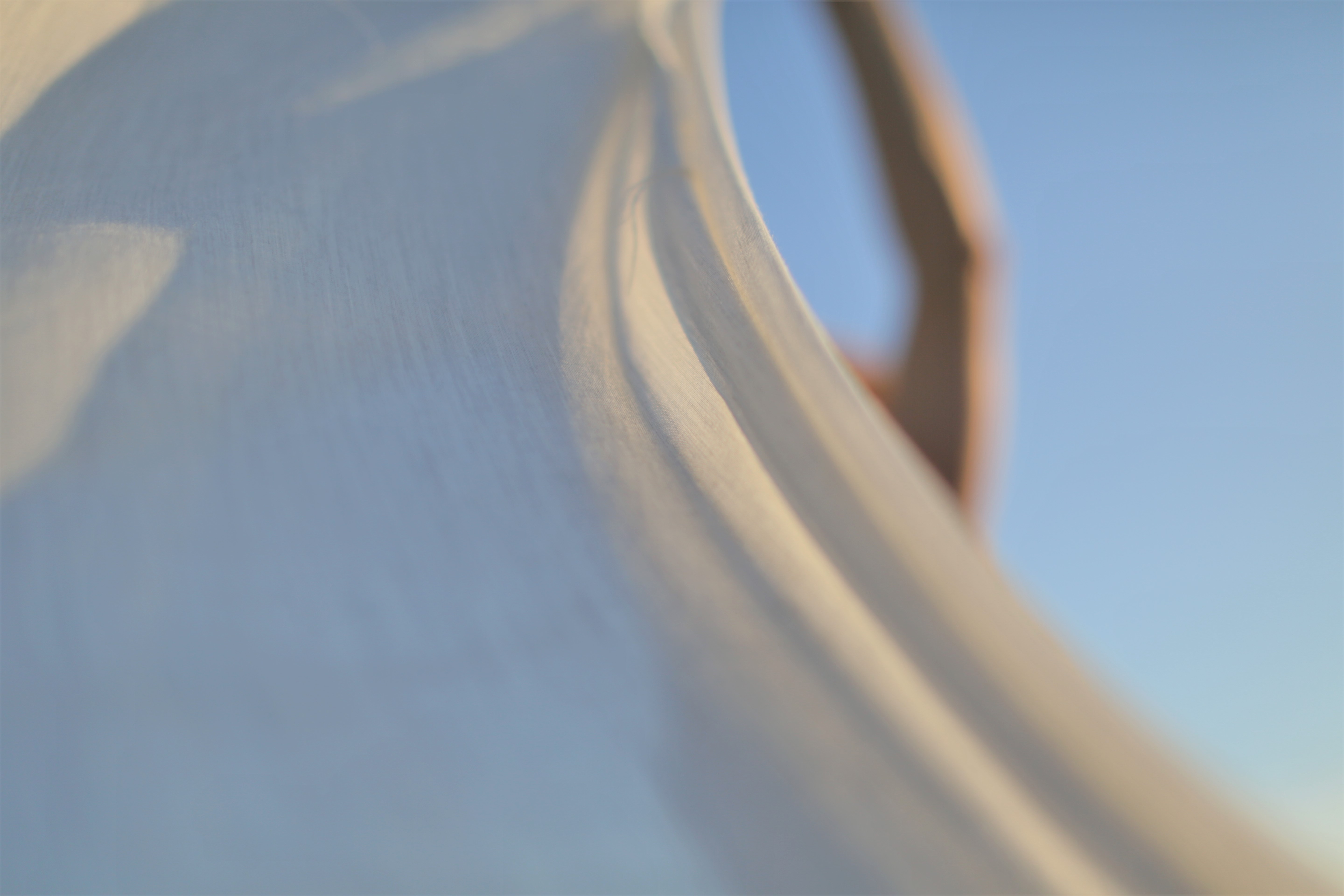
MONTEROSSO Silver
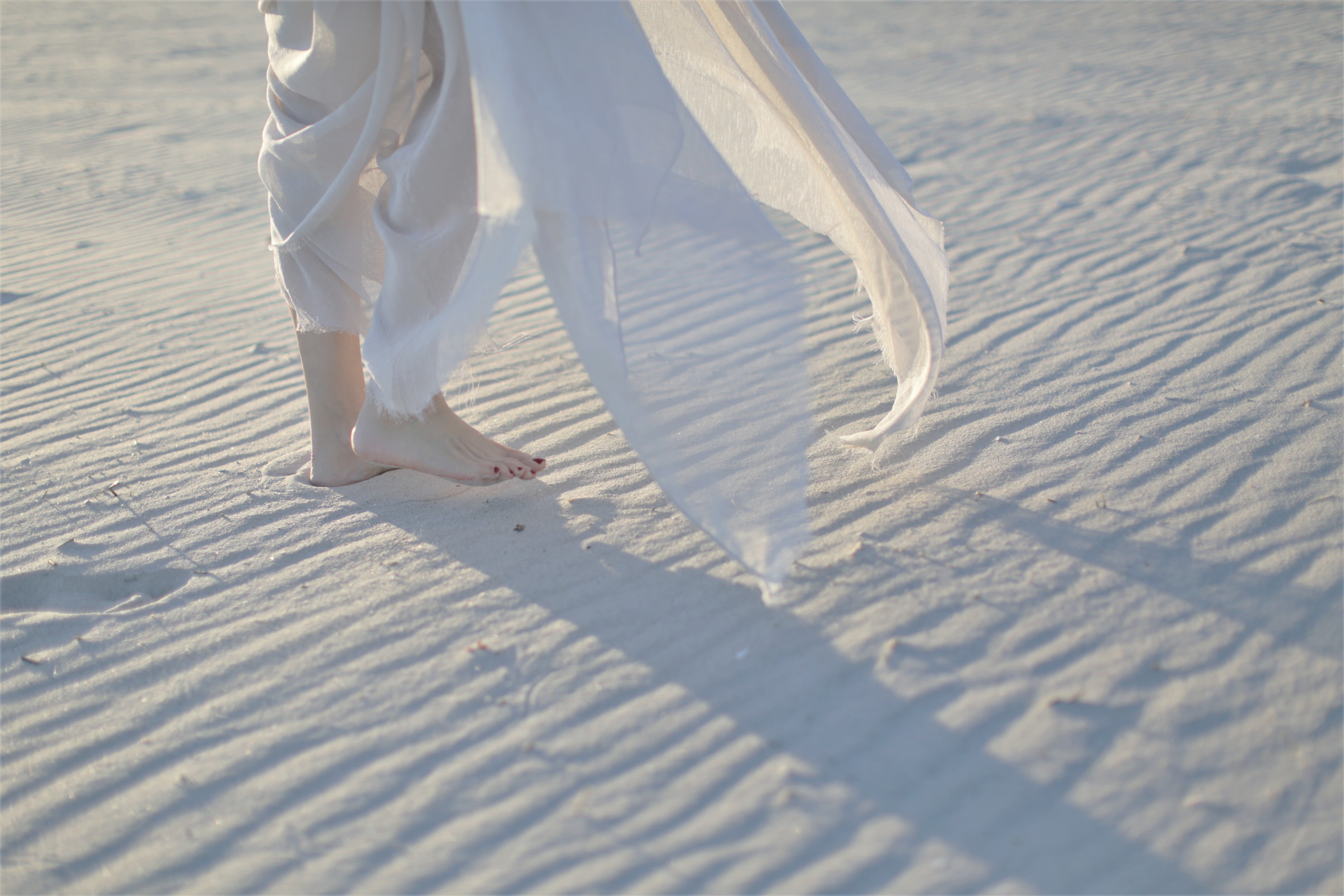
PURO Dove
Windows, as the “eyes of the house” are connected with the eternal dilemma: to cover or not to cover. Reality and history suggested various solutions. With time, practicality was combined with decorative functions and transparent fabrics began to appear in numerous variations, levels of light transmission, sometimes in very sophisticated forms. Throughout the history of interior design, they have appeared in multiple fashions and aspects. Today, natural cotton, linen fibres or modern blends dominate, and technological advances allow us to fully enjoy their mesmerizing freedom.

PURO Dove
All fabrics presented in this article are part of the DEKOMA Summer 2019 collection:
An exceptionally exquisite semi-transparent polyester fabric. Significant weight (92g/m2) for a transparent fabric allows Puro to be arranged in an unusually graceful way. The fabric does not crumple or break. Available in 32 colours, it is particularly eye-catching in the fashionable shades of purple, blue, beige and grey. Economical height of 3 m enables abundant draping and free drift of the fabric in the air.
Extremely light and airy, transparent 100% polyester with a very natural, matt look. Recommended for window decorations such as curtains and roller blinds. Available in three natural shades of warm white and delicate grey. A great advantage of this collection is the height of the fabrics (about 300 cm + lead-weight tape), making it an affordable choice and offering the possibility of creating intricate decorations.
REMAINING PHOTOS FROM THE LONG BEACH NY SESSION
Photography: Boris MIller
Styling: MBBM Studio

